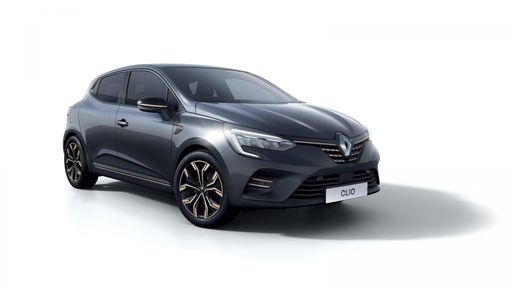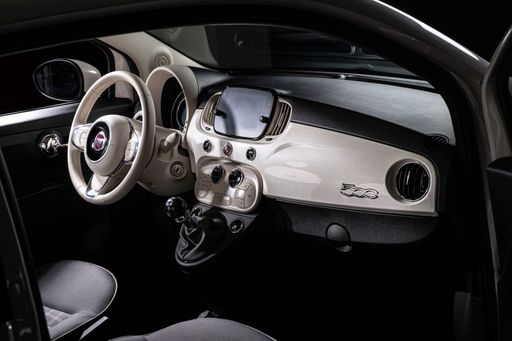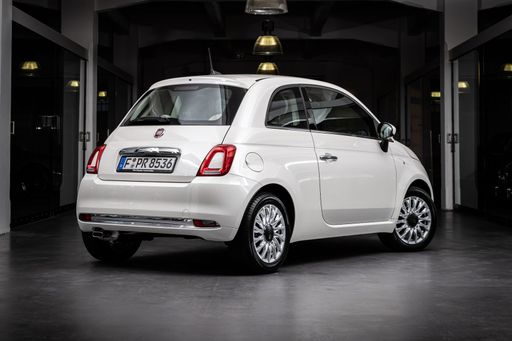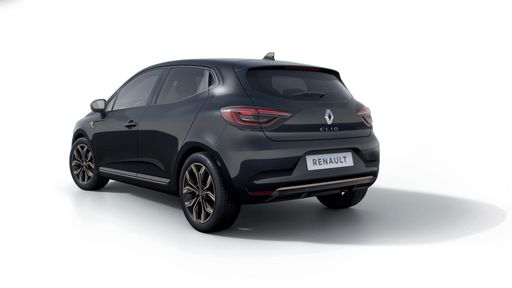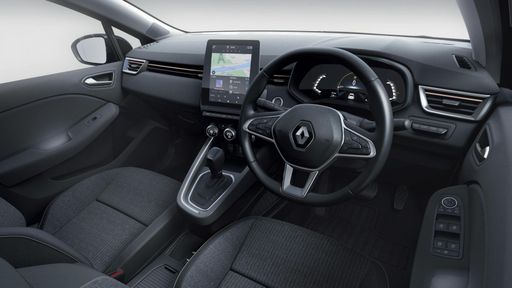A Clash of Compact Legends: Fiat 500 vs Renault Clio
When it comes to compact cars, two names stand out prominently in the automotive landscape: the Fiat 500 and the Renault Clio. Both are celebrated for their distinct styles, innovations, and efficiency. However, there are substantial differences that could sway potential buyers depending on their priorities. Here, we dive into a detailed comparison of the technical aspects and innovations that define these iconic hatchbacks.

